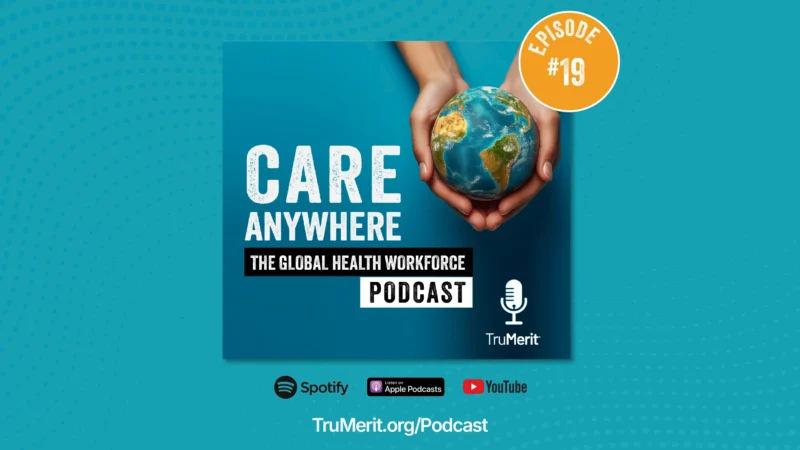How Cell and Gene Manufacturers Can Scale to Meet Demand
Between 2022 and 2030, the cell and gene therapy sector is expected to experience a compound annual growth rate (CAGR) of 39.42 percent, BioSpace said of a recent Vision Research Report.
This is quite a large anticipated growth; how will startups and current manufacturing companies work to meet this growing demand?
On today’s episode of Exceeding Your Benchmark, Host Sumit Verma, Senior Vice President, Global Strategic Manufacturing at Iovance Biotherapeutics, addresses cell and gene therapy industry trends and challenges and what manufacturers can do to promote growth in the sector.
Verma also discussed…
- The greatest challenges biopharma startups face
- How established CGT manufacturers are preparing to meet an increased demand
- What place automation has in advanced cell manufacturing
Verma believes there are three key areas manufacturers need to target to help supply meet increasing demand. “I think most players are focusing on three big things: one is around scalability, the second is around supply chain, making sure we have all the components, and last is about talent. Verma said of the talent piece, “There aren’t many people who have advanced programs for therapeutic manufacturing today…there are a lot of synergies and the big pharma have done a great job establishing developing programs that are very supportive of their large plants and their scalable efforts and we’ve seen the need to do that in cell and gene therapy.



